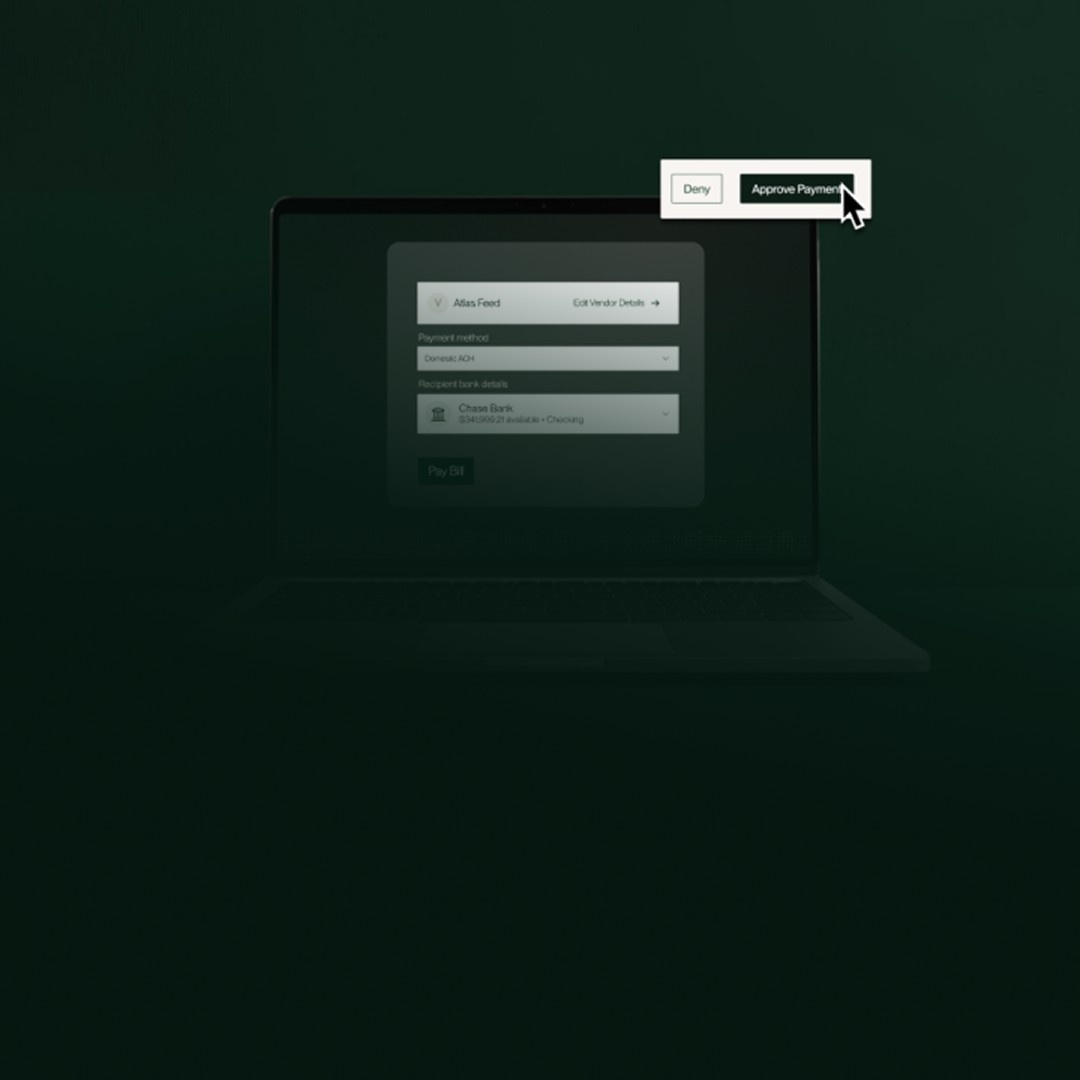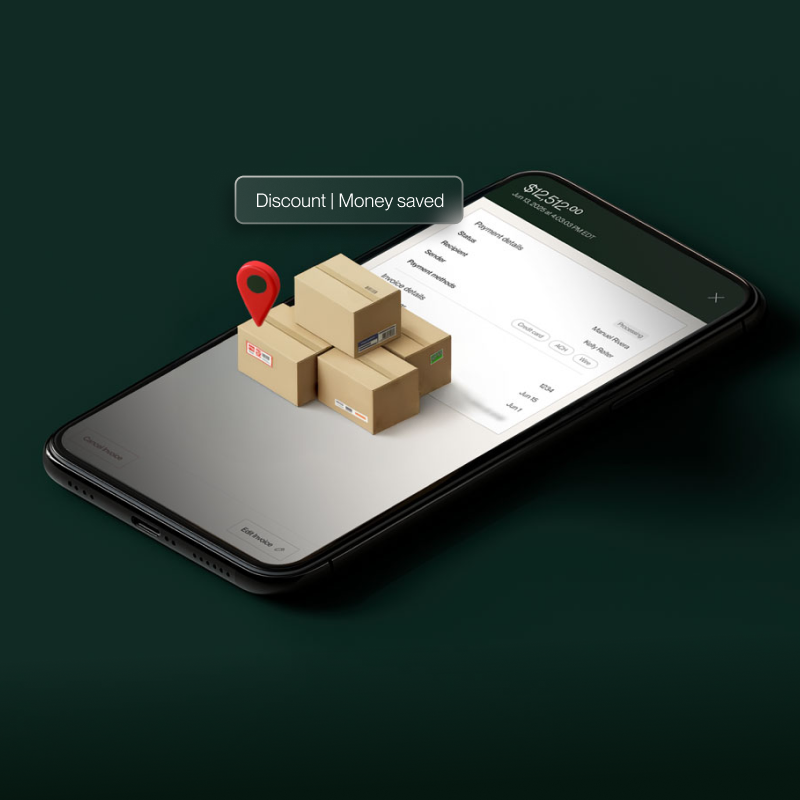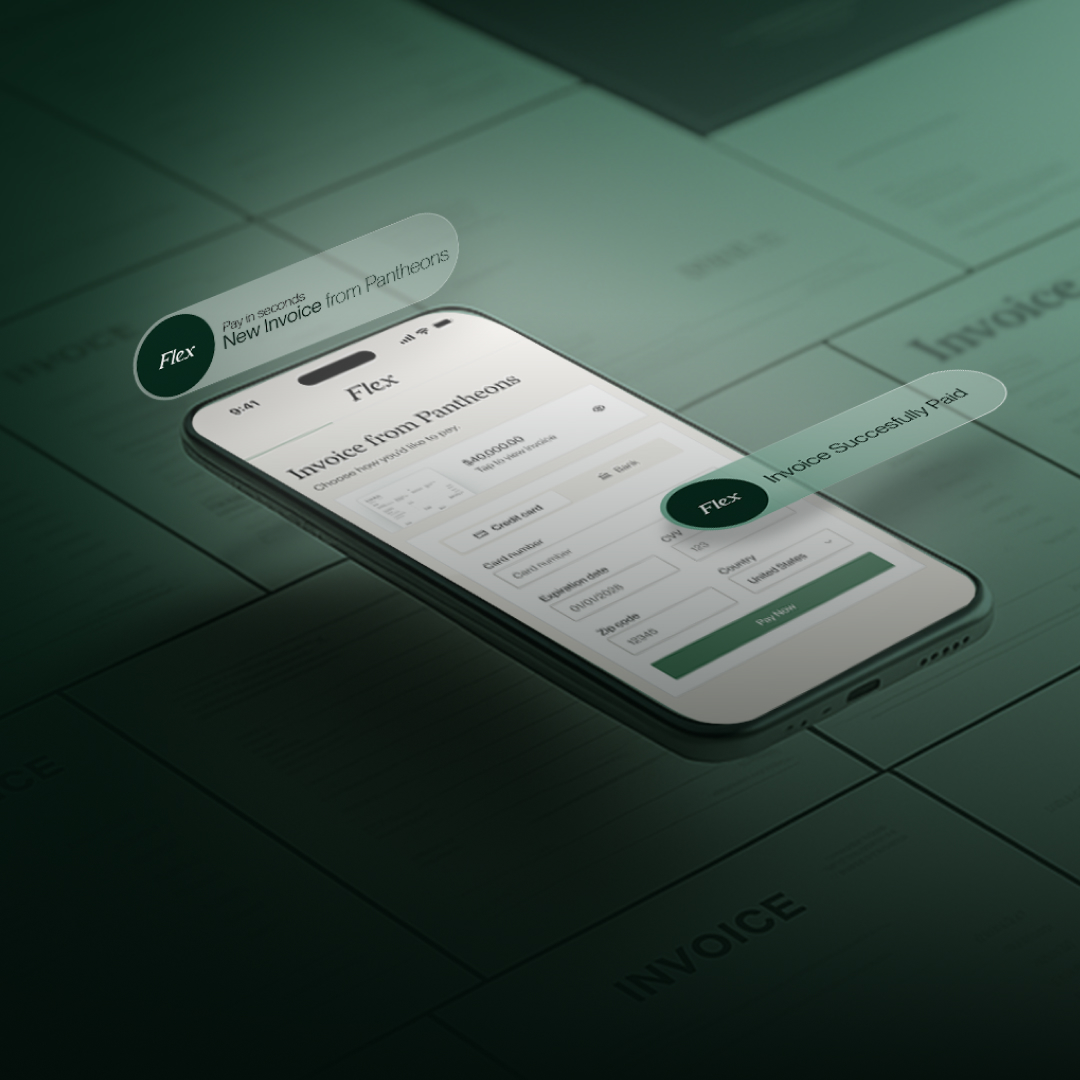How to Manage Business Expenses: An Owner's Guide
The following article is offered for informational purposes only, and is not intended to provide, and should not be relied on, for legal or financial advice. Please consult your own legal or accounting advisors if you have questions on this topic.
Managing your business finances doesn’t have to be overwhelming — but it does have to be intentional. One of the most important aspects of financial health for any company is knowing how to manage business expenses.
Without a clear system in place, costs can spiral quickly, making it harder to budget, plan, and grow. Whether you’re a solo entrepreneur, a startup founder, or a small business owner, this guide will walk you through how to manage your business spending with practical strategies, smart tools, and repeatable processes that can scale with you.
What Are Business Expenses?
Business expenses are the costs you incur as part of running and growing your company. They’re necessary for keeping operations moving — from paying employees and vendors to covering overhead like rent, software, and supplies.
Business expenses typically fall into two categories:
- Fixed expenses: Recurring costs that stay the same each month, like rent, insurance, and subscriptions.
- Variable expenses: Costs that fluctuate depending on usage or seasonality, such as travel, marketing, or utilities.
Common expenses might include:
- Office rent
- Payroll and benefits
- Technology tools
- Marketing
- Meals, travel, and client entertainment
- Supplies and equipment
Many of these expenses can be deducted at tax time, but only if they’re properly tracked and categorized. That’s why it’s critical to have a system in place that ensures nothing slips through the cracks.
Steps for Managing Business Expenses
Managing your business’ expenses can sometimes seem like a daunting task, but following a simple set of steps can help streamline the process. Here’s how:
Use a Centralized Spending System
Start by consolidating how your business spends money. When you rely on multiple accounts, shared cards, or disconnected tools, tracking can become chaotic. Utilizing one system for all of your spending can reduce confusion and make expense management simpler.
For example, with Flex business banking*, you can issue cards to individual team members or departments, each with its own budget and rules. You’ll get real-time visibility into every transaction and can manage spending before it gets out of hand, all in one unified platform.
Track Expenses Consistently
Expense tracking should happen in real time—not once a month when you're sorting through old receipts. Make it a habit to log expenses daily or use tools that automate that process.
Flex enables automated tracking of every purchase made with a Flex card. Transactions are instantly recorded, categorized, and synced with your accounting platform. This helps eliminate manual data entry and ensures you always know where your money is going.
Categorize Expenses
Clear categorization makes it easier to analyze spending patterns, build budgets, and prepare financial statements. Common categories might include:
- Operations
- Marketing
- Technology
- Travel & Entertainment
- Employee Expenses
- Supplies & Equipment
Creating and assigning categories automatically based on your own rules helps ensure consistency and saves time, especially when it's time to close the books.
Establish a Clear Expense Policy
If you have a team, a clear expense policy with strong internal controls is essential. It removes ambiguity and ensures everyone knows what’s allowed — and what’s not.
Your expense policy should outline:
- Which expenses are approved
- How much employees can spend per category or vendor
- How to submit receipts and reports
- What requires approval ahead of time
Flex helps enforce your policies by allowing you to pre-set spending limits and approvals, so you don’t have to chase down explanations after the fact.
Automate Where You Can
Expense management automation is one of the best ways to improve accuracy and reduce the time spent on administrative tasks. Instead of managing spreadsheets or chasing receipts, smart tools do the heavy lifting.
Find a platform that allows you to:
- Automatically categorize expenses
- Set approval workflows for large or unusual purchases
- Collect receipts via mobile upload
- Sync expense data with your accounting software in real time
These features help you move faster while keeping your financial records clean and audit-ready.
Business Expense Management in Action
Let’s take a look at what optimized expense management could look like out in the real world.
Imagine you’re a startup owner with a number of employees. You use Flex so each team lead can have their own virtual card with a defined monthly limit. Each card is tagged with a category — marketing, software, operations, etc. — and transactions are tracked automatically.
At the end of each week, you get a dashboard summary showing how each team spent their budget. No one has to submit manual reports, receipts are uploaded instantly through the mobile app, and the data flows directly into the company’s accounting software.
By utilizing a centralized system, consistently tracking and categorizing expenses, and automating tasks, you’ve created an easy-to-use, hands off process that saves time and minimizes surprises.
Final Thoughts
Understanding how to manage business expenses is crucial for every business owner, no matter the size of your organization. It’s not just about spending less — it’s about spending smarter. With the right tools, policies, and workflows, you can take control of your finances, reduce friction, and set your business up for long-term success.
At Flex, we help small businesses simplify managing business expenses with powerful tools built for real-time tracking, automation, and control. Whether you're just getting started or scaling fast, Flex gives you the clarity and confidence to manage your money with ease.
Ready to start building a better financial system with Flex?
Flexbase Technologies, Inc. (Flex) is a financial technology company and is not an FDIC-insured bank. Banking services provided by Thread Bank; Member FDIC.











.png)










.jpg)

.svg)